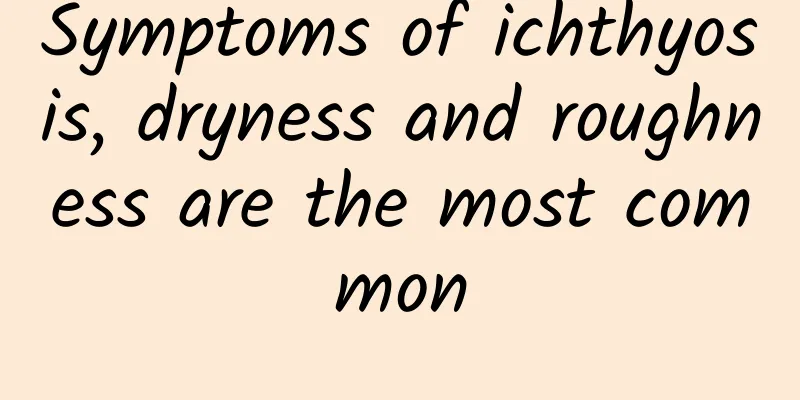Acute hepatitis symptoms

|
The incidence of acute hepatitis in our lives is also quite high. This disease mainly occurs due to infection with the hepatitis virus. Because hepatitis viruses are highly contagious, acute hepatitis spreads quickly. The symptoms of acute hepatitis are actually very easy to identify in life, and you can find them as long as you pay a little attention. Knowing the symptoms of some diseases is actually very helpful in resisting them. What I want to talk to you about today is the symptoms of acute hepatitis. To put it simply, acute hepatitis can actually be divided into acute icteric hepatitis and acute non-icteric hepatitis. In fact, these two categories can be distinguished based on symptoms. Friends who want to know more can read on. Symptoms after acute hepatitis infection: The patient recently developed low fever, general fatigue, loss of appetite, accompanied by nausea, vomiting, aversion to greasy food, discomfort in the liver area and yellow urine, and there was no improvement after rest. Classification symptoms of acute hepatitis B: Acute hepatitis B is divided into acute icteric hepatitis and acute non-icteric hepatitis. 1. Acute icteric hepatitis (1) Pre-jaundice: The disease usually starts slowly, with mild fever or no fever, and joint pain and rash are common. Common symptoms include fatigue, loss of appetite, aversion to greasy foods, nausea, vomiting, and sometimes abdominal pain and diarrhea. This phase lasts an average of 5-7 days. (2) Jaundice stage: Fever subsides, subjective symptoms are slightly alleviated, jaundice appears on the sclera and skin, and reaches a peak within a few days to 3 weeks. Dark yellow urine may cause transient lighter stools. Pain in the liver area, enlarged liver, soft texture, tenderness and percussion pain. This phase lasts 2-6 days. (3) Recovery period: The patient's jaundice gradually decreases and disappears, the stool color returns to normal, the skin itching disappears, the appetite improves, the physical strength recovers, the gastrointestinal symptoms are alleviated, the jaundice disappears, and the liver function returns to normal. This period is generally 1-2 months. 2. Acute anicteric hepatitis This type is more common, accounting for more than 90% of acute hepatitis B. The symptoms are mild, including general fatigue, loss of appetite, nausea, and abdominal distension. The liver is enlarged, soft, and tender to touch and percussion. This type of hepatitis has mild symptoms and is often overlooked. The course of the disease is about 2-3 months. The above is the knowledge about the symptoms of acute hepatitis introduced to you. I hope that after reading this, you will have a better understanding of the symptoms of this disease. If we find ourselves experiencing any physical discomfort in our lives, we should go to a regular hospital for examination and treatment as soon as possible, which will be more helpful in treating the disease. |
Recommend
Astragalus Increases Heart Rate
Whether the medicinal material Astragalus can inc...
What to eat to recover quickly after medical abortion
Medical abortion is also a common method of abort...
What is the cause of otitis media bleeding? It is because of doing this for a long time
The main group of people who suffer from otitis m...
What is the cause of Meniere's syndrome
If you want to effectively treat Meniere's sy...
Why do my calves feel cold in summer?
The main reason for cold calves in the summer is ...
Are hysterical patients self-conscious?
Patients should be aware of common diseases in li...
What are the effects and functions of cinnamon twig
Cassia twig is also called Liugui. The effects of...
How to treat gray hair
There are also good methods for hair care. When c...
What is viral urticaria
I believe everyone is very familiar with urticari...
Why is my mouth always dry?
From a clinical perspective, there are many reaso...
How to remove Bartholin gland cyst
Many people don’t know much about Bartholin’s gla...
Can Cynomorium songaricum be used to soak in wine?
Cynomorium songaricum can be used to make wine, b...
Geranium for facial paralysis
I believe many of you have heard of facial paraly...
What are the symptoms of Salmonella Typhi infection? What is the transmission route?
Salmonella infections are extremely common and ha...
How to treat alopecia areata
Hair loss is what common people call hair loss. S...









